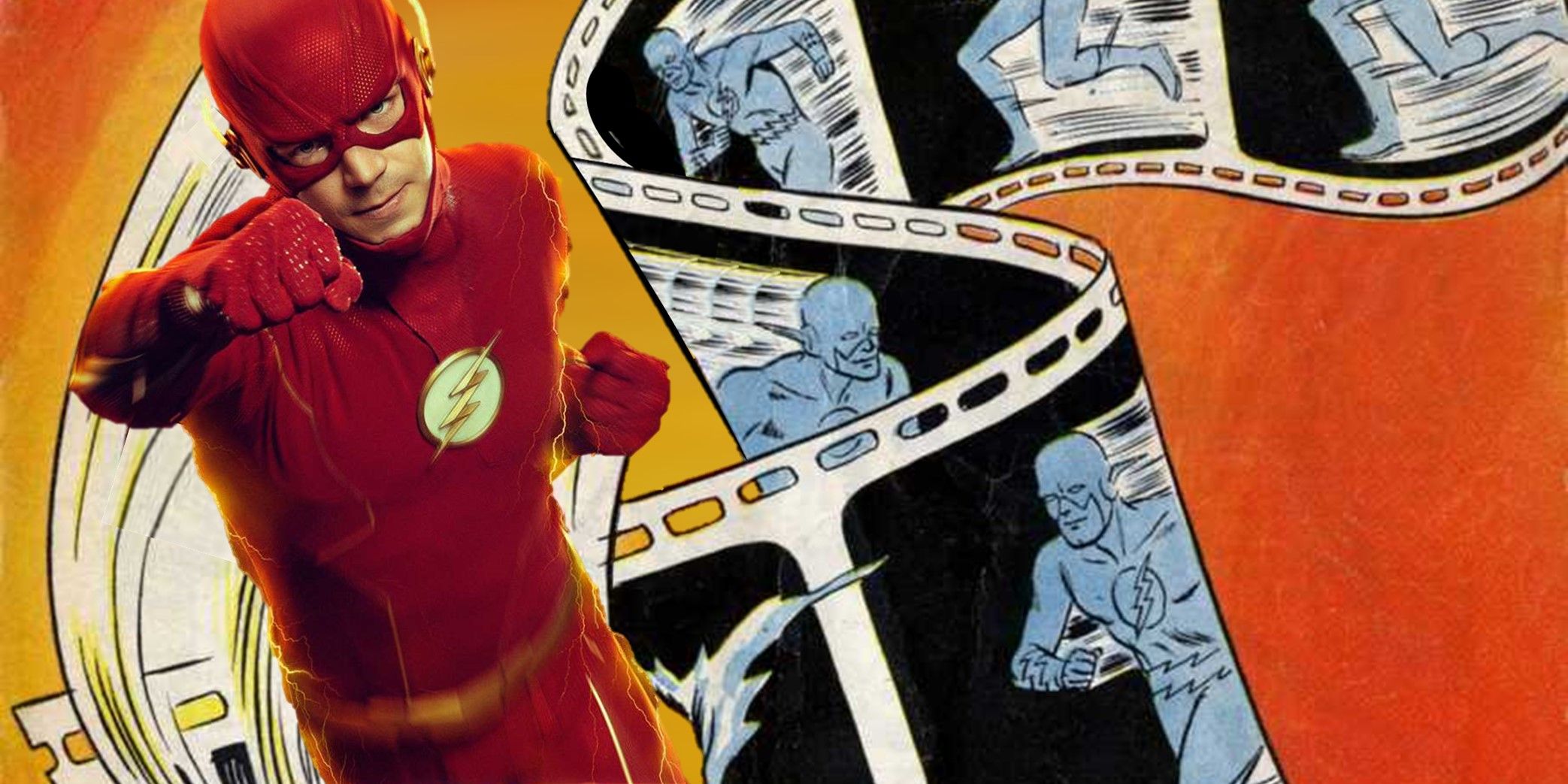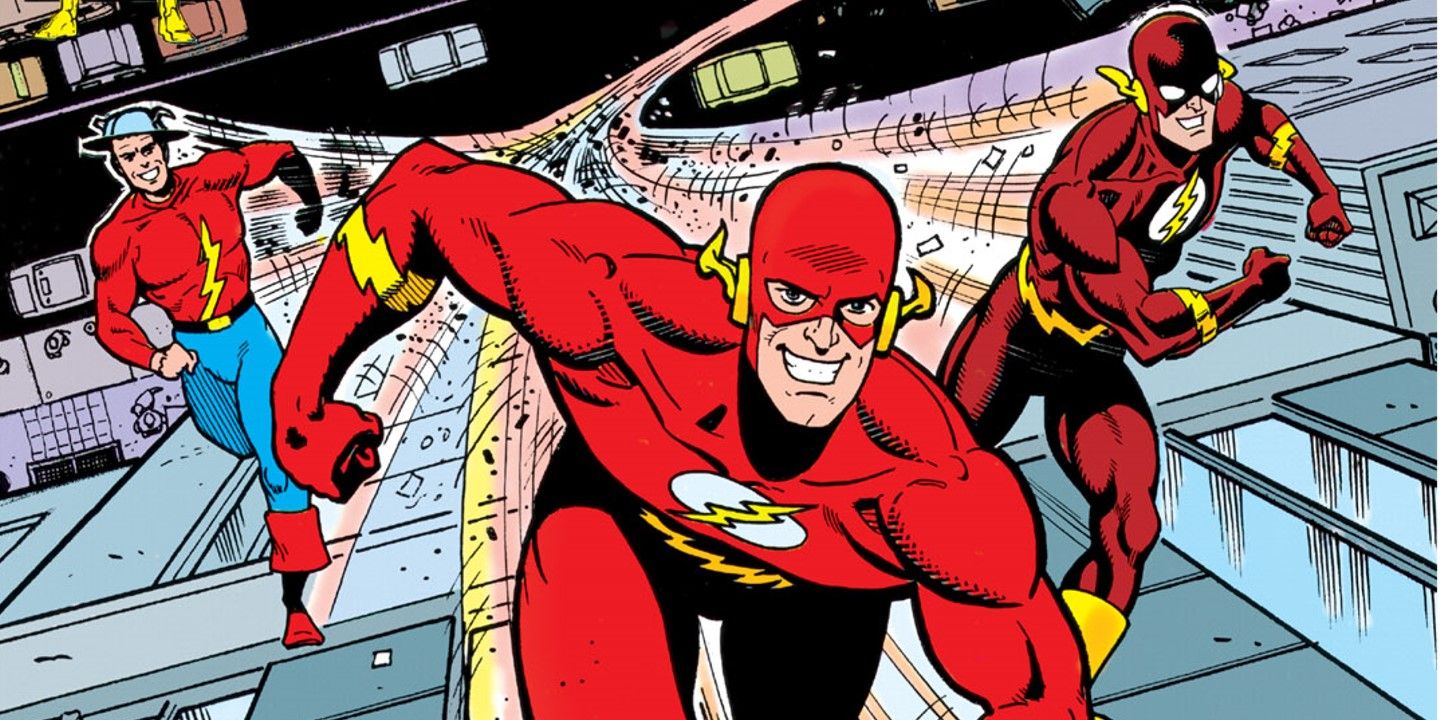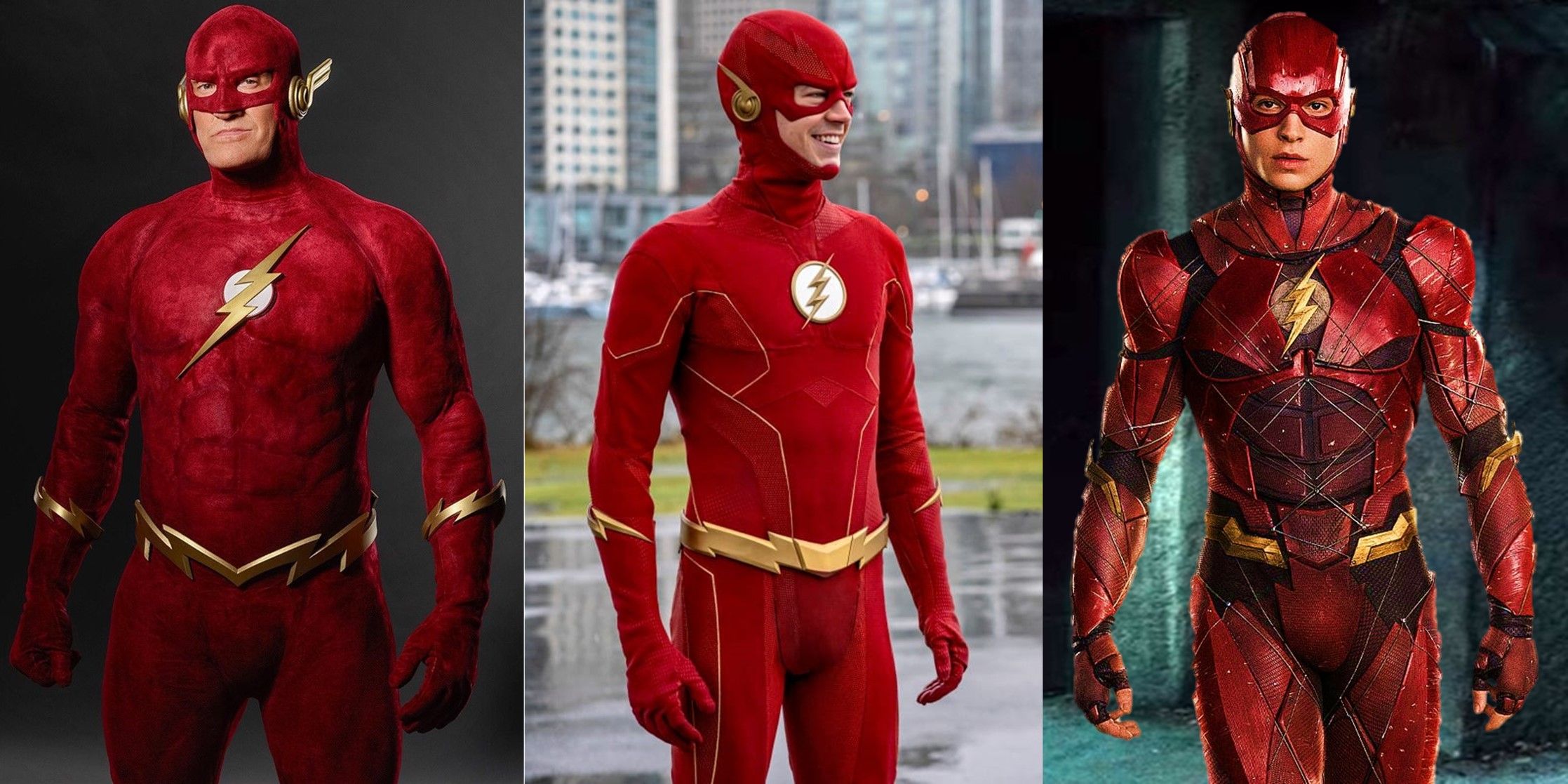In October 1956, over 60 years ago, Barry Allen came sprinting into the world in Showcase #4 as the brand-new Flash, ushering in the Silver Age and giving the superhero comic book genre a much-needed rebirth. 30 years later in 1986, Barry Allen gave his life to save the universe in Crisis on Infinite Earths and stayed dead for another 25 years before finally returning in 2008.
During that time, his nephew Wally West became the Flash that a generation of fans grew up reading or watching on the hit-cartoon Justice League. Many people knew Barry Allen simply as the Flash that died, if they even knew him at all. Now, however, twelve years after his return, Barry Allen has replaced Wally to once again become the Flash to a new generation, but despite their best efforts, this was not the success or achievement of his comics. This, like with Wally years before, was the accomplishment of long-running and beloved television series.
In 2013, DC decided to turn two episodes of Arrow's second season into a backdoor pilot for police scientist Barry Allen, and after it proved a success, Barry soon received his own show in 2014 and has not stopped running since. The Flash is now the highest-rated and most-watched show on the entire CW network, and between spending a decade as the star of The Flash both on-screen and on the page, Barry Allen is once again many people's' favorite Flash. To accomplish this, the character's writers had to pull off quite a feat: bring a basic Silver Age hero into the modern-day. The Silver Age of comics is famous for its wacky storytelling and almost non-existent characterization, and that didn't really change until after Barry's death.
The first step in modernizing Barry was taken by Geoff Johns in 2009. Previously, Barry's parents had lived on into old age, but now, the Reverse-Flash killed Barry's mother when he was 11, and his father went to prison for her murder. This change gave Barry a more compelling origin for modern audiences, with his career as a police scientist now motivated by proving his father's innocence.
This change was also brought to the television series, which chose to further update the character by incorporating a variety of aspects from Wally West's tenure as the Fastest Man Alive. The show has featured many of Wally's villains, sourcing three out of its six season-long villains from Wally's rogues gallery, in addition to numerous villains-of-the-week. Barry also took Wally's place as the first speedster to discover, enter and return from the Speed Force, and even briefly dated Wally's comic book wife, Linda Park, in Season 1, although Iris still went on to become his one true "lightning rod" (another Wally-era story concept).
However, despite any borrowed elements, the television series has done a remarkable job elevating Barry's character beyond anything it's borrowed from Wally. Barry's determined optimism, hope and desire to encourage others has really shown through on the television show, as have his iconic friendship with Ralph Dibny and the enduring desire to help others learn and grow that has always made him such a fantastic teacher and mentor.
The comics have even reached a point now where the show can utilize its new Barry-original villains, something Season 6 has done to great effect with Godspeed, Bloodwork and the secretive Black Hole organization. Between his seven years on screen and 12 years on the comic book page, this character has come back into his own in a way few others have ever managed, and if one was to ask a new generation of viewers and readers who their favorite Flash is, the answer would be unanimous: Barry Allen.
Airing on The CW, The Flash stars Grant Gustin, Candice Patton, Carlos Valdes, Danielle Panabaker, Tom Cavanagh, Jesse L. Martin, Danielle Nicolet and Hartley Sawyer.



